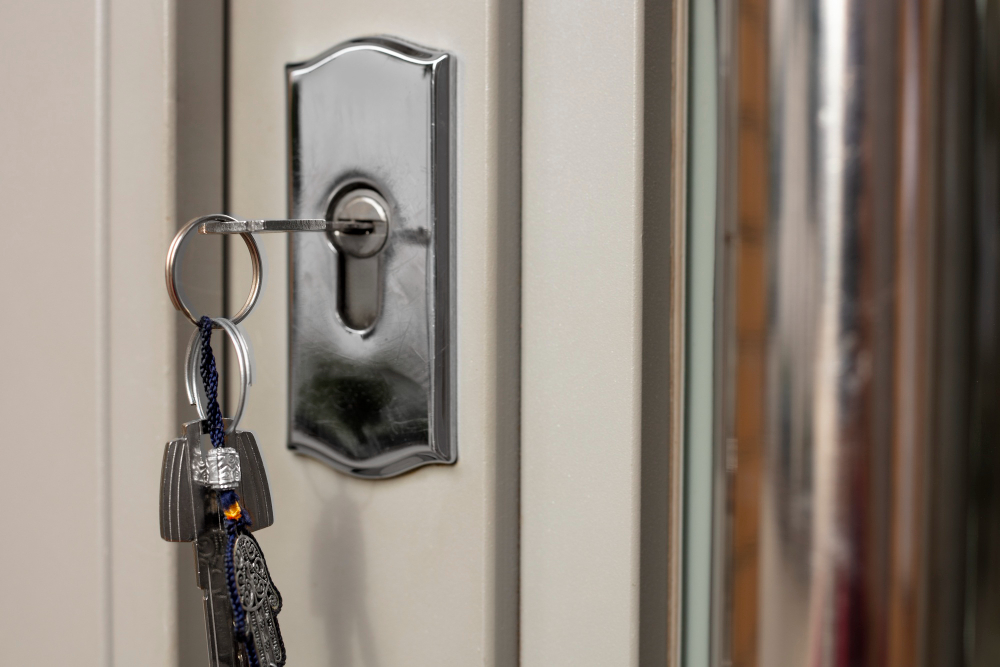Childproofing your home is a crucial step in ensuring your child’s safety. While many parents focus on installing gates, securing cabinets, and placing breakables out of reach, door safety is often overlooked. Doors can be hazardous for little ones, leading to accidental injuries from fingers getting caught or access to restricted areas. By installing discreet and secure door closers, you can enhance your home’s safety without compromising on aesthetics. Here’s how you can childproof your home using door closers that blend seamlessly into your living space.
Understanding the Importance of Door Closers in Childproofing
Door closers are designed to control the motion of doors, ensuring they close gently and securely. This mechanism helps to prevent sudden slamming, which can be dangerous for children. Additionally, door closers can help keep certain rooms off-limits, reducing the risk of your child wandering into potentially unsafe areas like the kitchen, bathroom, or home office.
Concealed overhead door closers are particularly beneficial in childproofing because they maintain the functionality and safety of a door without disrupting the look of your home. These closers are hidden from view, providing a clean and modern appearance while delivering robust safety features.
Key Benefits of Using Discreet Door Closers for Childproofing
- Enhanced Safety Without Compromise on Design: Concealed door closers are mounted inside the door or frame, making them invisible when the door is closed. This hidden design means that you can maintain a stylish look in your home while still implementing effective safety measures.
- Reduced Risk of Finger Injuries: Door closers help to regulate the speed and force with which a door closes, minimizing the chances of tiny fingers getting caught. Look for models with adjustable closing speeds to ensure that doors shut slowly enough to avoid any accidents.
- Automatic Closure for Better Security: Some door closers offer an automatic locking feature, ensuring that doors close and lock behind you. This is ideal for keeping children from accessing areas like the basement, garage, or backyard without supervision.
- Prevent Access to Dangerous Rooms: With door closers installed, it’s easier to keep certain rooms inaccessible to your child. For example, you can install them on doors leading to the laundry room or pantry, reducing the risk of children encountering cleaning products, sharp objects, or heavy items.
How to Choose the Right Door Closers for Childproofing
When selecting door closers for childproofing, consider the following factors:
- Size and Weight Capacity: Make sure the door closer is compatible with the size and weight of your doors. Heavier doors require more robust closers to ensure they operate effectively.
- Adjustability: Choose door closers that offer adjustable settings for closing speed, latching, and backcheck. This flexibility allows you to customize the door’s movement based on your specific needs.
- Installation Type: Concealed door closers come in various installation types, such as overhead or floormounted. Overhead models are great for standard doors, while floor-mounted versions work well for glass or frameless doors.
- Durability and Quality: Opt for high-quality materials like stainless steel or brass, which provide better longevity and resistance to wear and tear.
Installing Door Closers to Childproof Your Home
Installing door closers may require some technical expertise, so it’s best to consult a professional if you’re unfamiliar with the process. Here’s a general guide to installing concealed door closers:
- Determine the Right Placement: Decide whether the door closer will be overhead or floormounted and make sure there’s enough space within the door frame for installation.
- Mark and Drill Holes: Carefully mark the locations for drilling based on the door closer’s template. Use a drill to create holes for screws and bolts.
- Mount the Door Closer: Attach the door closer to the door and frame using screws, ensuring that it’s aligned correctly.
- Adjust the Settings: Once installed, adjust the closing and latching speeds to the desired levels. Test the door to ensure it closes gently and securely.
- Secure the Covers: For concealed models, install the cover plates to hide the closer mechanism, achieving a clean and discreet look.
Final Thoughts
Childproofing your home is an ongoing process that requires thoughtful consideration of potential hazards. By incorporating discreet and secure door closers, like concealed overhead door closers, you can create a safer environment for your children without sacrificing style or functionality. With the right door closers in place, you can gain peace of mind knowing your home is both beautiful and secure for your little ones.








Leave a Reply